7/8 Length Leggings: The Perfect Balance of Style and Function
The Rise of the 7/8 Legging in Athleisure
The 7/8 length legging has become one of the defining silhouettes of modern athleisure. Designed to end just above the ankle, it offers the sleek look of a full-length legging with added breathability and freedom of movement. Once limited to yoga enthusiasts, 7/8 leggings are now worn in gyms, studios, and everyday streetwear. Their popularity continues to rise in 2025, driven by eco-conscious consumers and the global shift toward hybrid, lifestyle-active wardrobes.
For brands investing in custom athleisure manufacturing in Portugal, the 7/8 cut provides an opportunity to deliver premium comfort, functionality, and timeless appeal. Portuguese factories specialize in advanced stitching, precise pattern cutting, and sustainable textile sourcing—making them ideal for activewear lines that need both quality and scalability.

Why 7/8 Leggings Are the New Essential
Consumers are increasingly drawn to the versatility of 7/8 leggings. The cropped-ankle proportion elongates the legs while preventing bunching around the ankles. Their adaptability allows users to move from workout sessions to errands or casual outings without changing outfits. According to Statista 2025, demand for 7/8 leggings has grown by 18% year-over-year, capturing roughly 35% of the global leggings market—on par with full-length options.
- Flattering fit – elongates the leg line for most body types.
- Breathable coverage – ideal for warm studios or transitional weather.
- Performance ready – allows unrestricted movement for yoga, running, and HIIT.
- Styling versatility – pairs easily with oversized hoodies, cropped t-shirts, or tank tops.
Portuguese Manufacturing for Activewear Brands
Portugal’s apparel industry has become a model for premium, sustainable manufacturing in Europe. Its combination of traditional craftsmanship and technological innovation results in products that meet the expectations of luxury and lifestyle brands alike. Factories in Porto, Braga, and Guimarães integrate solar-powered production, digital pattern-making, and certified eco-textiles, providing traceability from fiber to final stitch.
Key advantages of producing in Portugal include:
- Certified ethical production (GOTS, OEKO-TEX®, BCI).
- Low MOQs (300–500 units per style) perfect for new brands.
- Lead times of 6–8 weeks, faster than Asia’s 10–14 weeks.
- Reduced shipping emissions due to proximity to EU markets.
- High-quality finishes—flatlock stitching, compression waistbands, and seamless gussets.
For new fashion startups, working with low MOQ clothing manufacturers in Portugal ensures premium results without the high risk of overproduction. These factories empower brands to scale intelligently while maintaining quality control.
Eco-Friendly Fabric Innovations in 2025
Portugal is home to some of the world’s most forward-thinking textile mills. As sustainability becomes non-negotiable, mills are developing materials that combine durability, comfort, and environmental responsibility. Modern 7/8 leggings now use blends that reduce waste and microplastic shedding without compromising performance.
- Organic cotton – breathable and hypoallergenic, perfect for yoga or casual wear.
- Recycled polyester – moisture-wicking, quick-drying, and ideal for high-performance activity.
- Bamboo viscose – naturally antibacterial and silky-soft with cooling properties.
- Performance elastane – delivers superior 4-way stretch for full mobility and recovery.
To explore more on materials, read how to choose the right fabrics for a new clothing line. These fabric innovations define what makes Portuguese production competitive on a global scale.
Customization and Brand Identity
Customization transforms a standard garment into a brand signature. Portugal’s ateliers allow brands to tailor inseam lengths, waistbands, seam placement, or logo finishes. For 2025, customization trends lean toward minimalist luxury—clean silhouettes with subtle detailing.
- High-rise and hybrid waistband designs.
- Contrast or tonal flatlock stitching for elevated aesthetics.
- Embossed or reflective logo prints.
- Dye-sublimated gradients and marble effects.
For brands exploring customization trends, customizable blanks provide the foundation for original collections that combine comfort and identity.
Consumer Demand and Sustainability
Modern consumers prioritize ethical transparency and traceability. According to Euromonitor 2025, 62% of European millennials prefer brands that disclose their manufacturing origins and sustainability practices. Producing leggings in Portugal allows brands to proudly label their garments with certifications and clear provenance—boosting consumer trust and long-term loyalty.
The 7/8 legging embodies this convergence of function, fashion, and responsibility. It symbolizes how design, manufacturing, and material science can merge into a timeless, versatile staple.
Future Trends: Technology Meets Comfort
Looking ahead, the future of leggings lies in intelligent fabrics—biodegradable nylons, moisture-sensing fibers, and seamless 3D knitting. These innovations will make leggings lighter, stronger, and smarter. Yet, the 7/8 cut remains a category benchmark—offering the perfect intersection of performance and everyday style. For more insight on global trends, visit Athleisure Trends 2025: From Gym to Street.
FAQs – Manufacturing in Portugal
Why is Portugal ideal for producing custom 7/8 leggings?
Portugal combines skilled labor, certified factories, and rapid production times. Lead times average 6–8 weeks with low MOQs of 300–500 units, ideal for brands seeking flexibility and quality control.
How does Portugal’s sustainability impact brand reputation?
Manufacturing in certified Portuguese mills enhances brand credibility. Using OEKO-TEX® and GOTS-certified fabrics ensures ethical and environmentally responsible production.
What types of brands choose Portuguese manufacturers?
From boutique startups to luxury sportswear labels, brands partner with Portuguese producers for superior craftsmanship, eco-friendly textiles, and transparent supply chains.
How does Portugal compare to Asian manufacturing?
Portugal offers smaller MOQs, faster shipping to EU markets, and advanced eco-compliance—making it ideal for premium brands that value agility over low-cost mass production.
FAQs – Fabrics for 7/8 Leggings
What is the best fabric for everyday leggings?
A bamboo-cotton-elastane blend delivers the softness of natural fibers with the stretch needed for movement and recovery.
Which fabric ensures long-term durability?
Recycled polyester blended with elastane provides high tensile strength and moisture-wicking performance for sports and fitness lines.
Are sustainable fabrics as effective as synthetics?
Yes. Modern eco-textiles perform comparably to traditional synthetics while reducing carbon emissions and microplastic release.
How can brands communicate fabric quality to buyers?
Showcase fabric certifications, Portuguese origin, and eco-production credentials on product labels and marketing materials.
FAQs – Customization & Design
What customization options are available for leggings?
Brands can modify inseam length, waistband height, pocket placement, seam finishes, and print or logo applications to align with brand identity.
Can small brands order low-MOQ custom leggings?
Yes. Portugal’s factories specialize in low-MOQ production, enabling small brands to test new collections with manageable costs.
What are the best printing methods for leggings?
Sublimation and heat-transfer techniques preserve stretch and color intensity even after multiple washes.
How can accurate fit be ensured during production?
Providing a detailed clothing tech pack ensures precise measurement standards across all production runs.
Conclusion / Summary
The 7/8 legging has solidified its place as an athleisure icon, blending form, performance, and sustainability. For brands manufacturing in Portugal, it’s more than a garment—it’s a statement of craftsmanship and conscious design. By choosing certified fabrics, low-MOQ flexibility, and detailed customization, brands can create products that align with both modern style and environmental ethics. Explore the full Activewear Collection or return to the Athleisure Basics home page to see how innovation meets everyday performance.
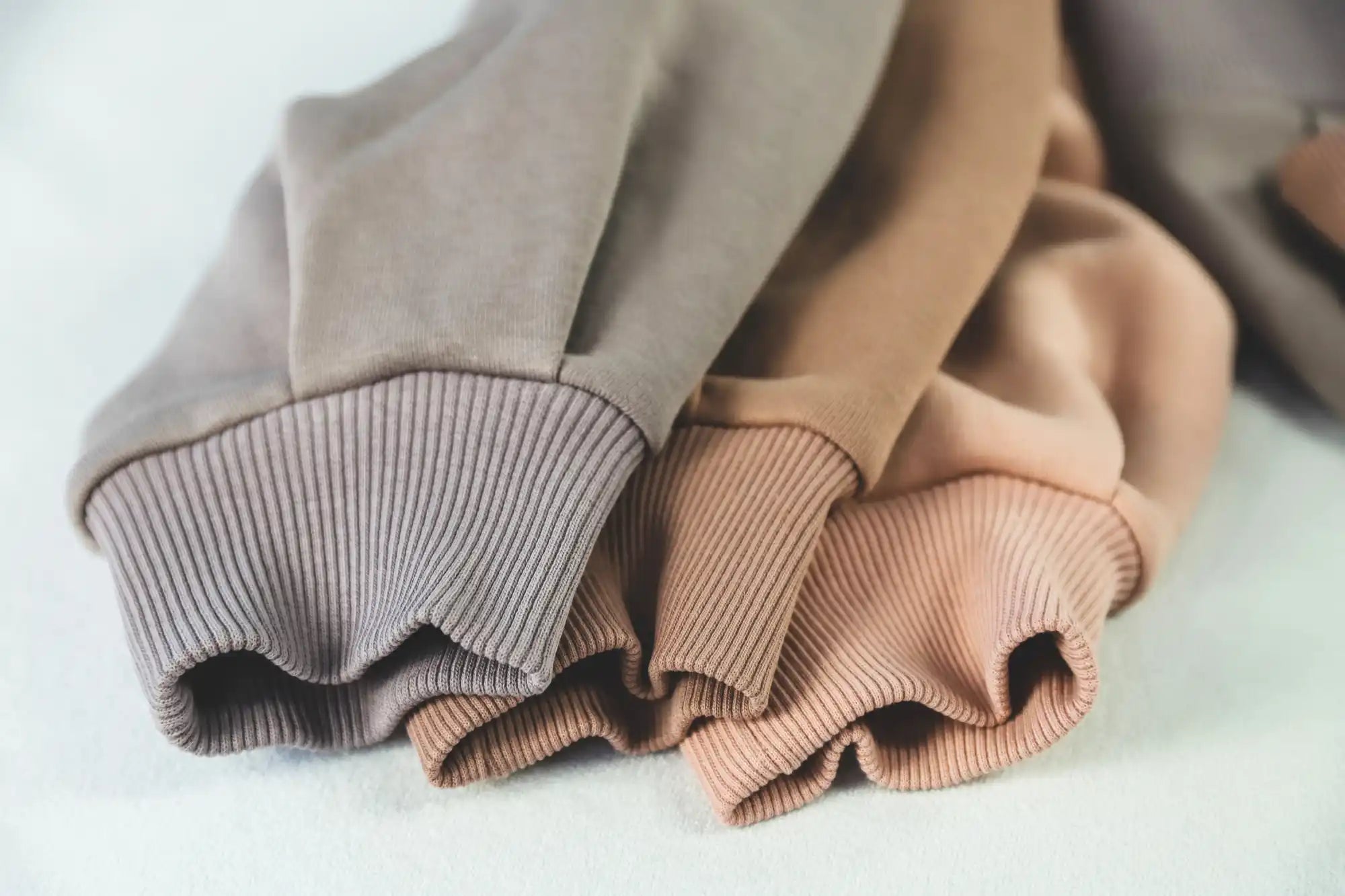
Materials & Fabrics for Clothing Production
Explore cotton, French terry, jersey, fleece, and sustainable blends used in premium apparel manufacturing.
Explore Premium Apparel Fabrics Guide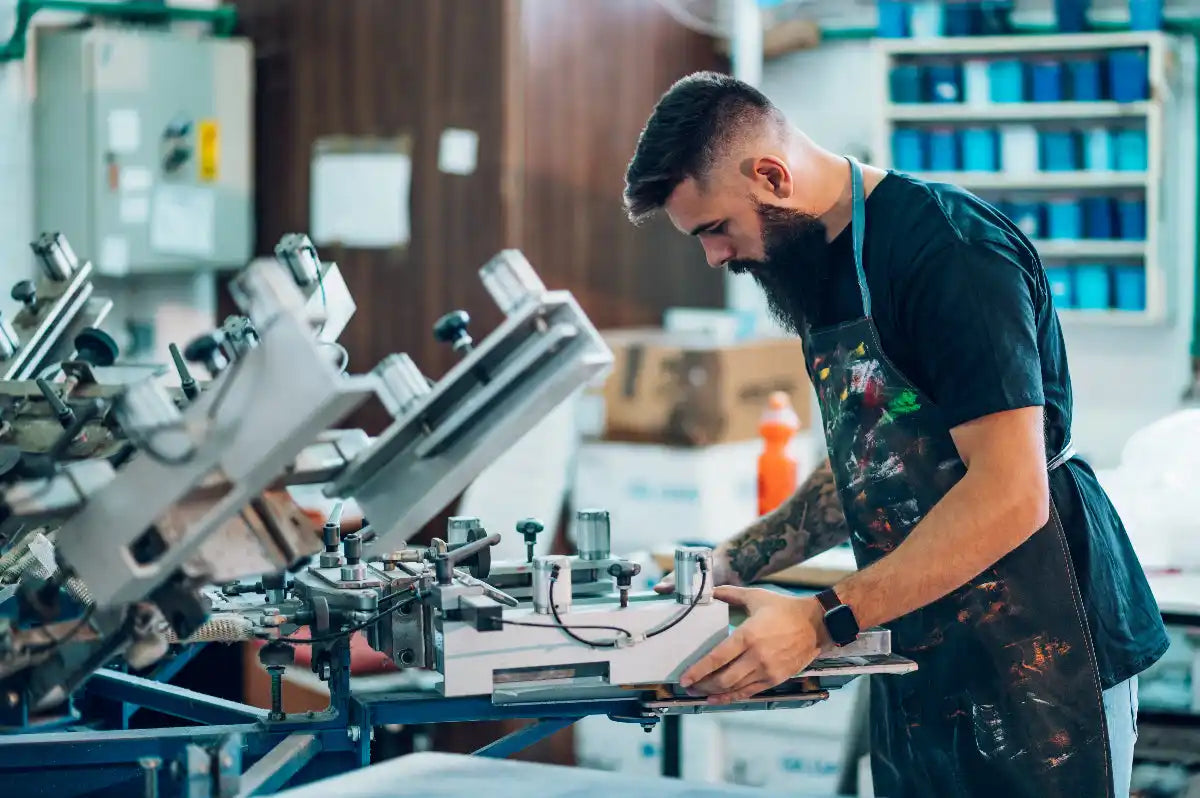
Printing Techniques for Apparel Production
Screen printing, embroidery, puff prints, and digital methods for custom clothing manufacturing.
Explore Custom Apparel Printing Techniques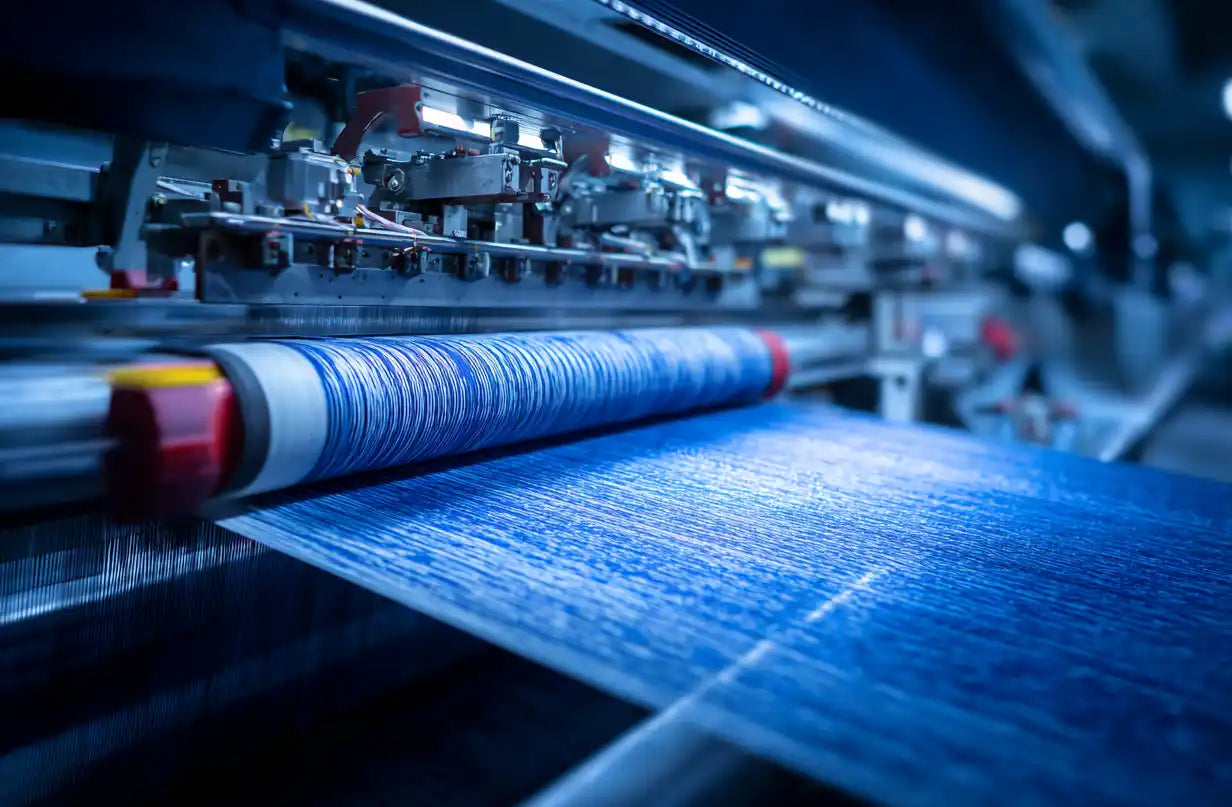
Dyeing Techniques in Clothing Manufacturing
Garment dye, pigment, acid wash, and stone wash finishes that create unique apparel designs.
Compare Apparel Finishing Techniques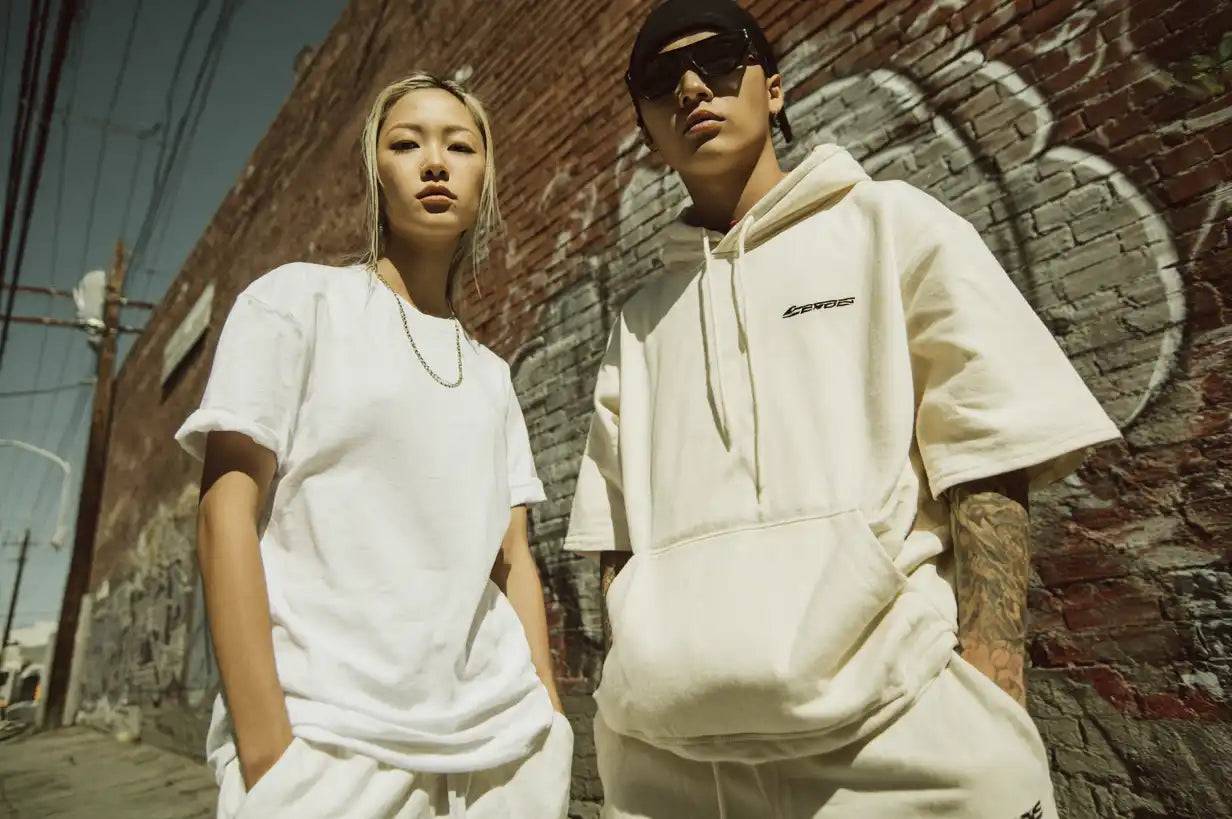
Popular Clothing Items for Custom Apparel
Hoodies, joggers, t-shirts, leggings, and biker shorts — essentials for every apparel collection.
Explore Popular Custom Clothing Items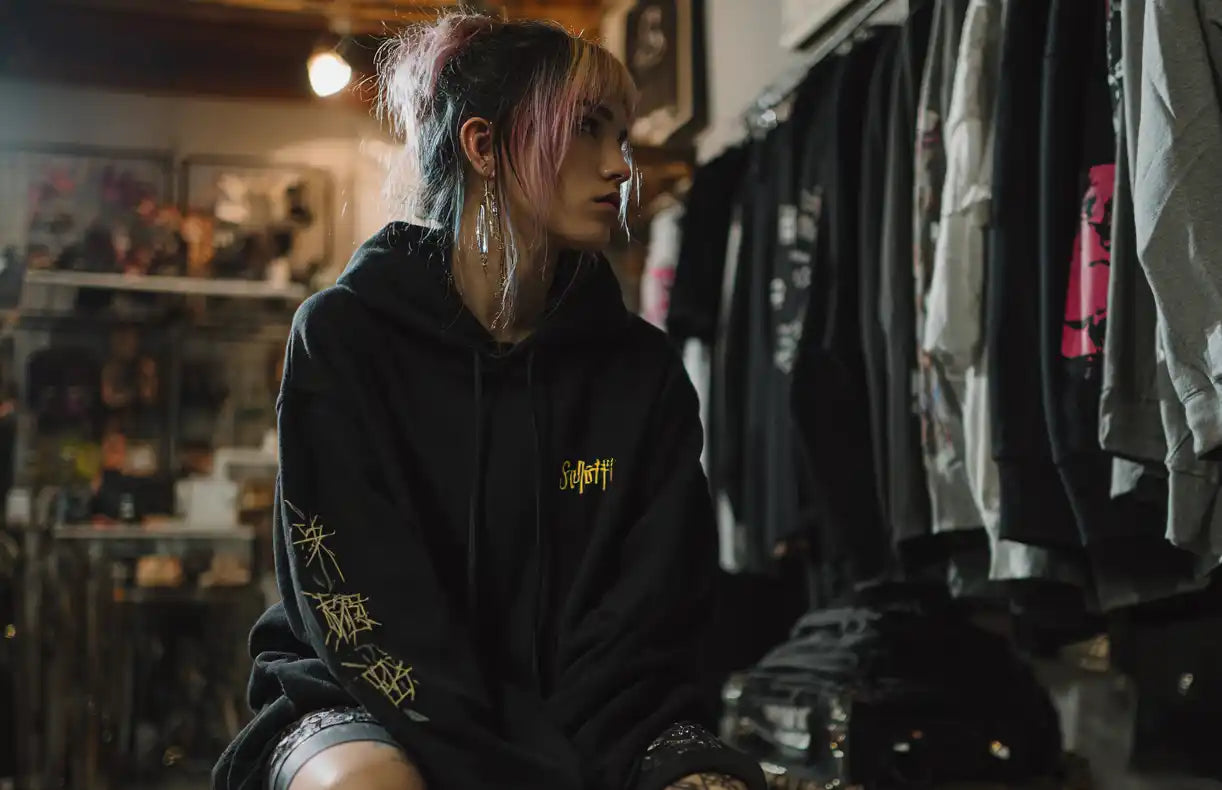
Trends & Designs in Modern Apparel
Oversized fits, streetwear influences, and activewear styles driving custom clothing production.
Explore Trends & Designs for Apparel Development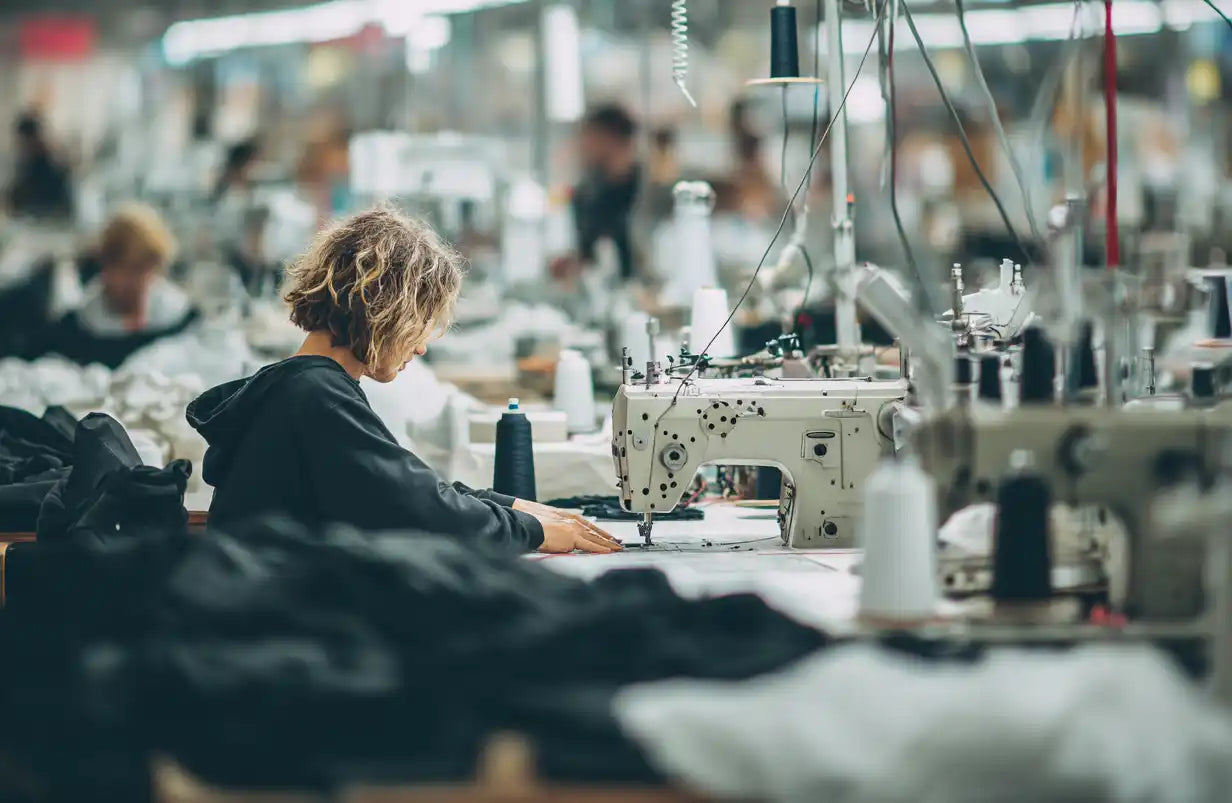
Sustainable & Ethical Clothing Production
OEKO-TEX® certified fabrics, organic cotton, and ethical apparel manufacturing in Portugal.
Understand Sustainable & Ethical Clothing Production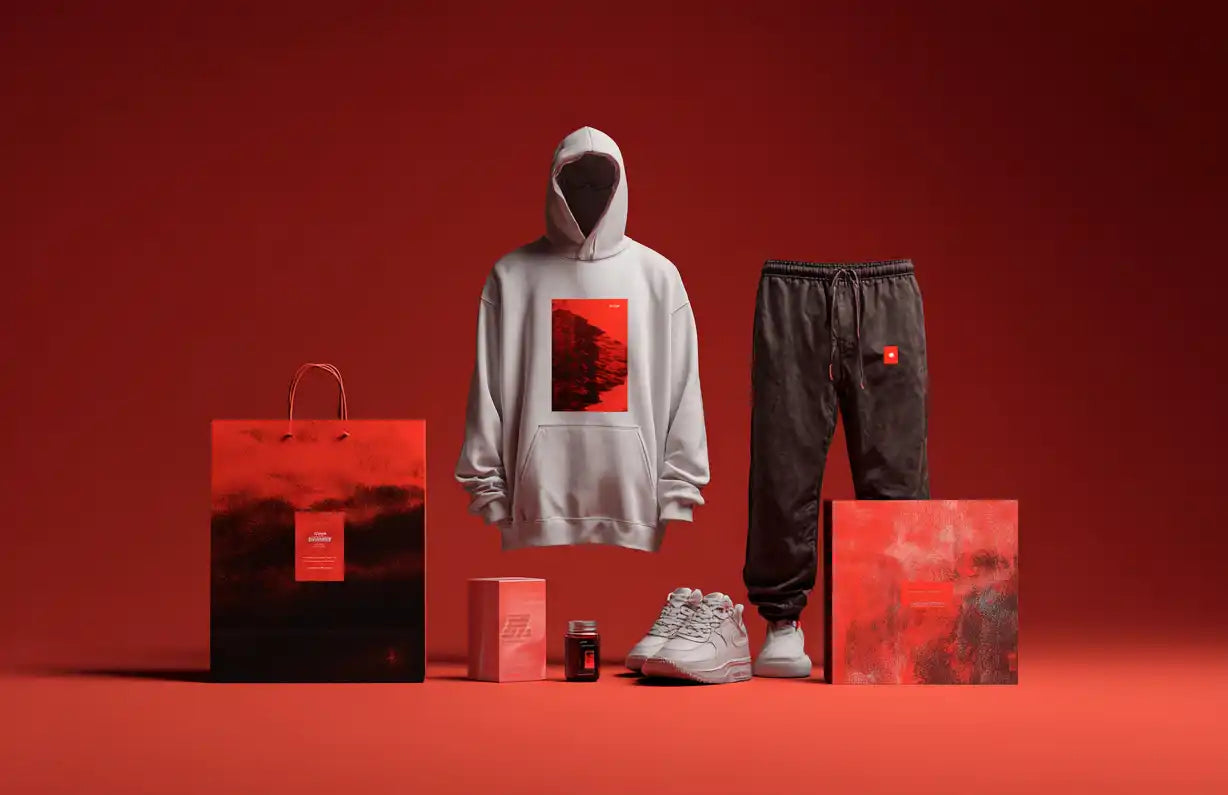
Essentials for Custom Clothing Production
Custom labels, packaging, and trims that elevate your apparel brand in production.
Explore Essentials for Custom Clothing Production
Resources for Custom Clothing Production
Startup guides, logistics support, and scaling strategies for apparel brands and wholesale clients.
Explore Resources for Custom Clothing Production
Clothing Manufacturing Glossary
Explore a complete glossary of clothing and garment manufacturing terms
The Complete Clothing Manufacturing Glossary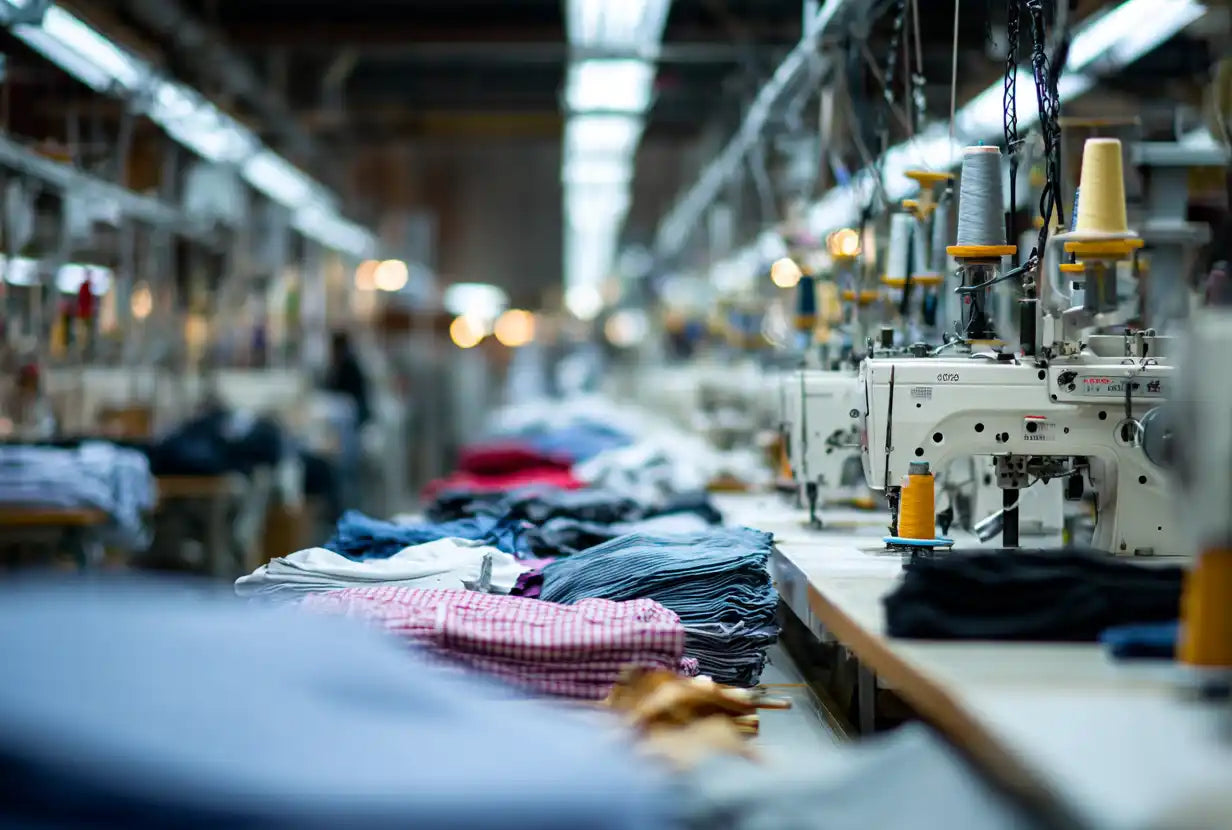
The Best Clothing Manufacturers
Explore global clothing manufacturers by country
Explore The Best Clothing Manufacturers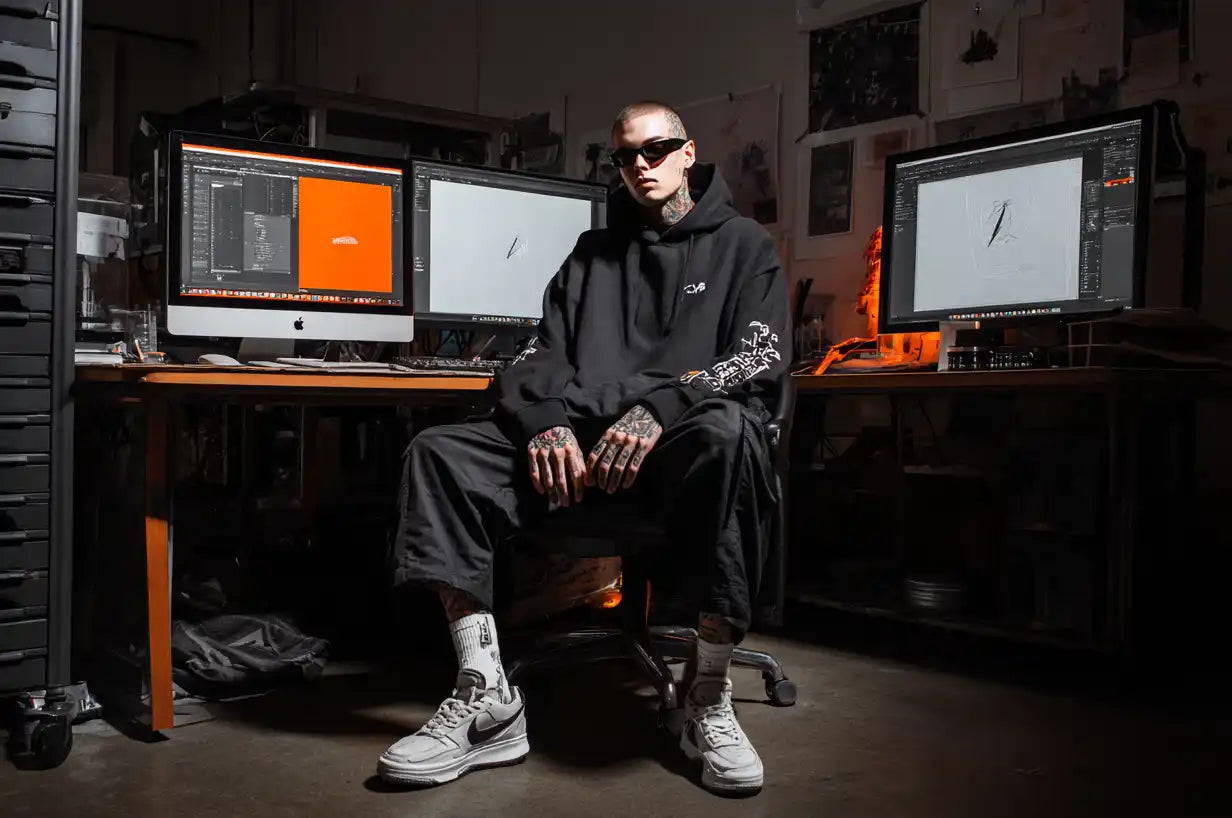
The Latest Clothing Industry Updates in 2025
Discover the latest news about important topics in the clothing industry in 2025,
Stay On Top Of Clothing Industry Updates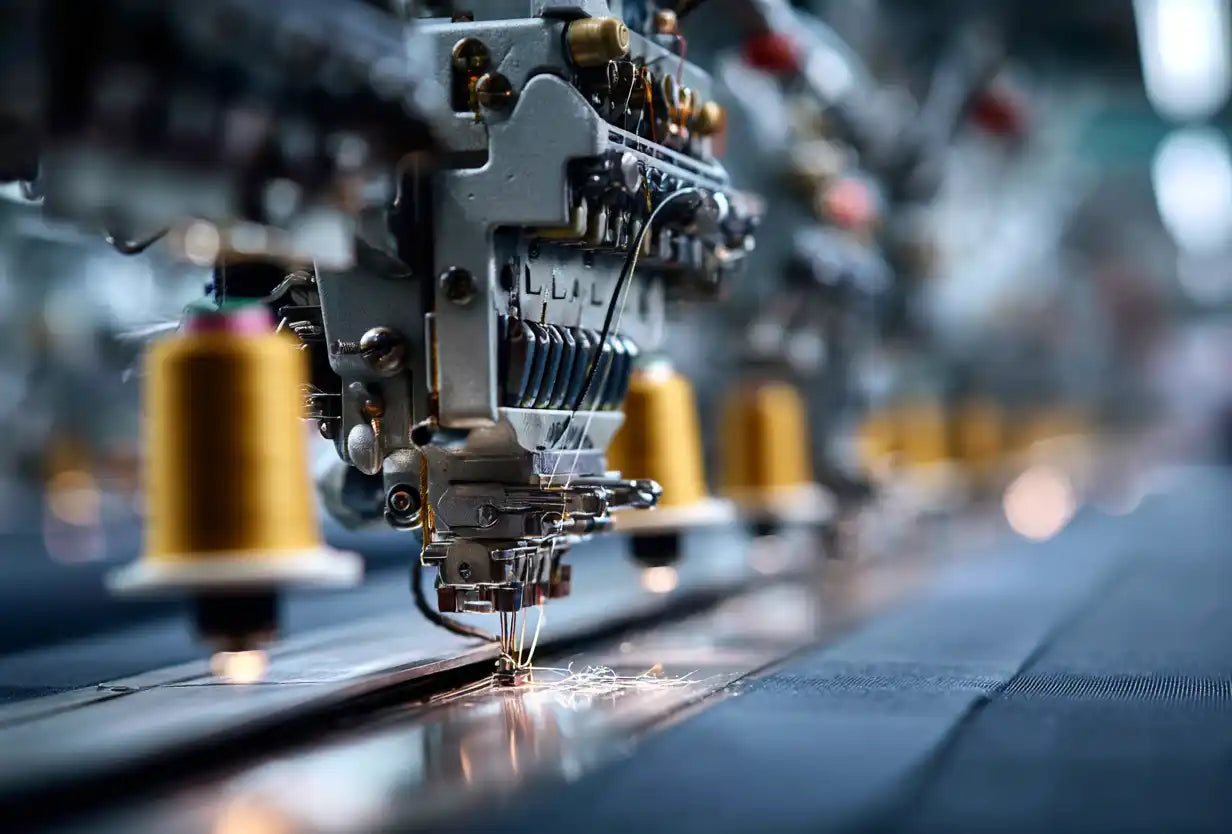
Worldwide Best Manufacturers of Clothes in 2026
Top clothing manufacturers worldwide organized by product type
Find The Worldwide Best Manufacturers of Clothes